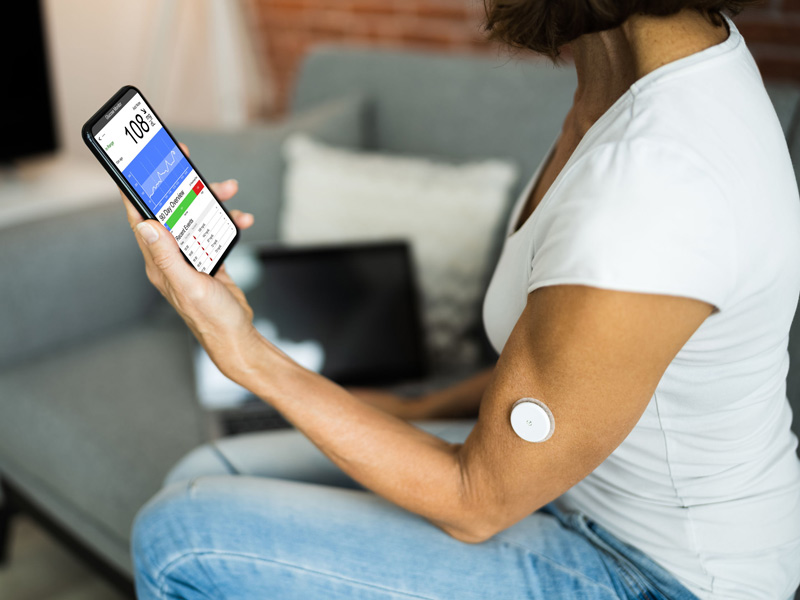
Primary Care Diabetes Lab
A multi-disciplinary lab dedicated to ensuring that all people can get the best diabetes preventive practices and treatments, wherever they get their care. We partner with those living with prediabetes, type 1 diabetes, and type 2 diabetes to drive innovations that enhance care.

Tips to streamline workflow and increase likelihood of coverage for CGM
As noted in the FPM article “Implementing Continuous Glucose Monitoring in Clinical Practice,” continuous glucose monitoring (CGM) brings a wealth of previously unattainable data to diabetes management and, with it, some new measures of glycemia. But coverage and reimbursement can pose a challenge, as is often the case with newer products and services. Following a few simple tips can give you broader insights into glycemia for you and your patients, increase the likelihood that CGM will be authorized for your patients, and hopefully decrease the time it takes you and your staff to seek and obtain such authorization and to digest this wealth of data.

Optimizing Practice Workflows to Successfully Implement Continuous Glucose Monitoring
Providing care for patients with diabetes is a cornerstone for most family physicians. Using CGM can help you make treatment decisions with your patients easier and improve their health and quality of life. Optimizing practice workflows for CGM makes providing that care less burdensome for you and your staff. Whether starting out with CGM or looking to tackle existing hurdles, this article features four steps that can help you overcome barriers: 1. Identify patients 2. Understand coverage terms 3. Navigate prior authorization 4. Get devices to patients

AAFP TIPS Topic Covers Continuous Glucose Monitoring
April 22, 2021, 6:14 p.m. News Staff — Four decades ago, diabetes care took a major leap forward when the launch of the Ames Dextrometer ― the first blood glucose meter with a digital display ― ushered in the era of self-monitoring blood glucose systems that allowed patients to take an active role in managing their condition. SMBG technology improved over the next 20 years, but its continued reliance on only a few finger-sticks throughout the day impeded physicians’ ability to gain insight into the details and possible causes of daily glucose fluctuations.

How to Find a Doctor Who Gets You (and Why It Matters)
TREATING A CHRONIC disease like diabetes can sound completely overwhelming, especially if you’ve received a recent diagnosis. But working closely with the right doctor can help you keep the condition under control. “It is important to find a doctor who will partner with you,” says Tamara Oser, M.D., an associate professor of Family Medicine at the University of Colorado School of Medicine in Aurora, CO. “This includes not only working to provide excellent diabetes care, but also working with you to achieve your specific diabetes goals.” Here’s what you need to know.






